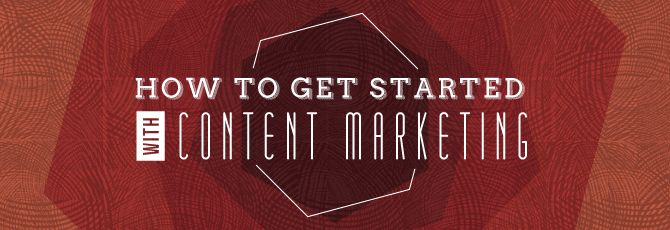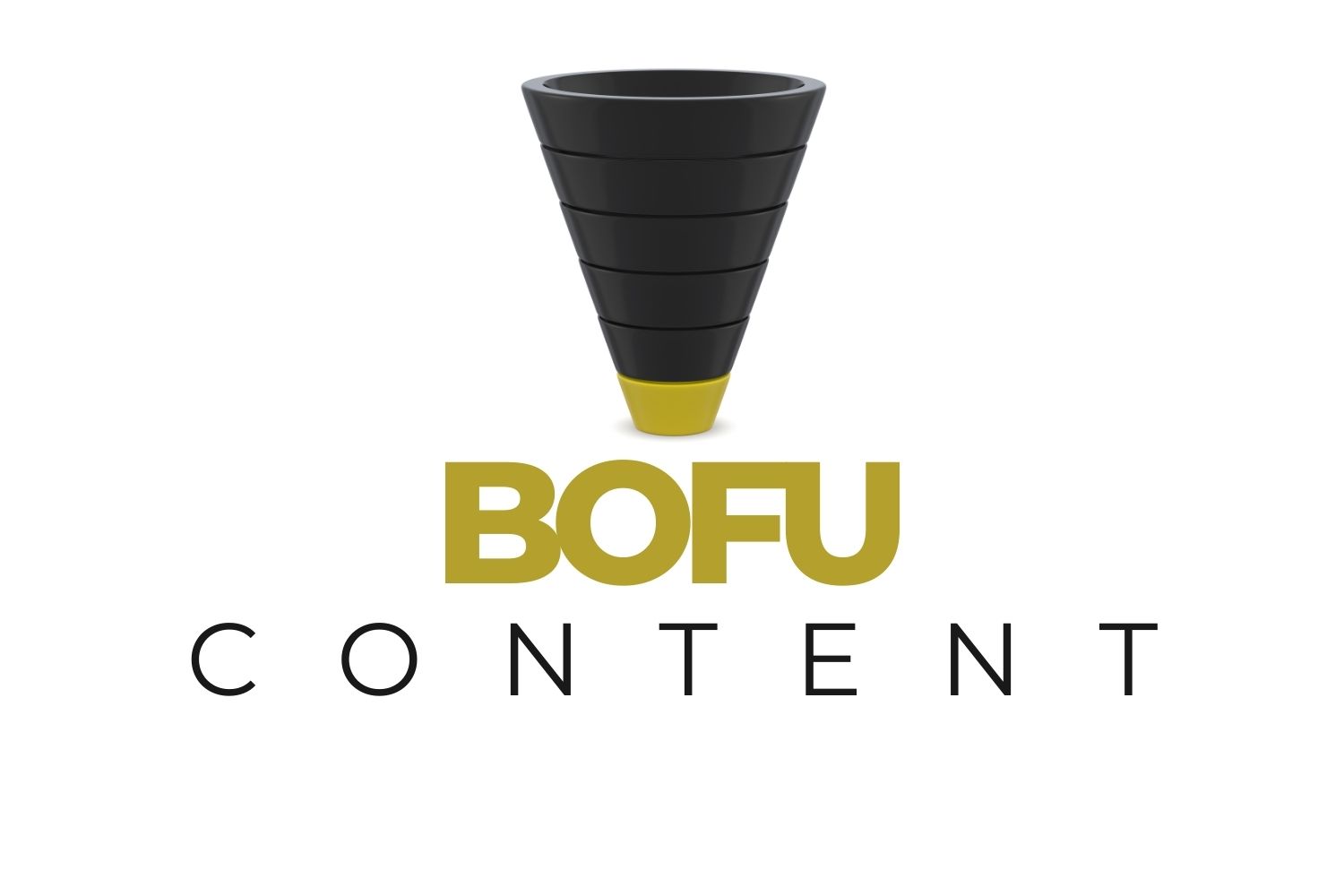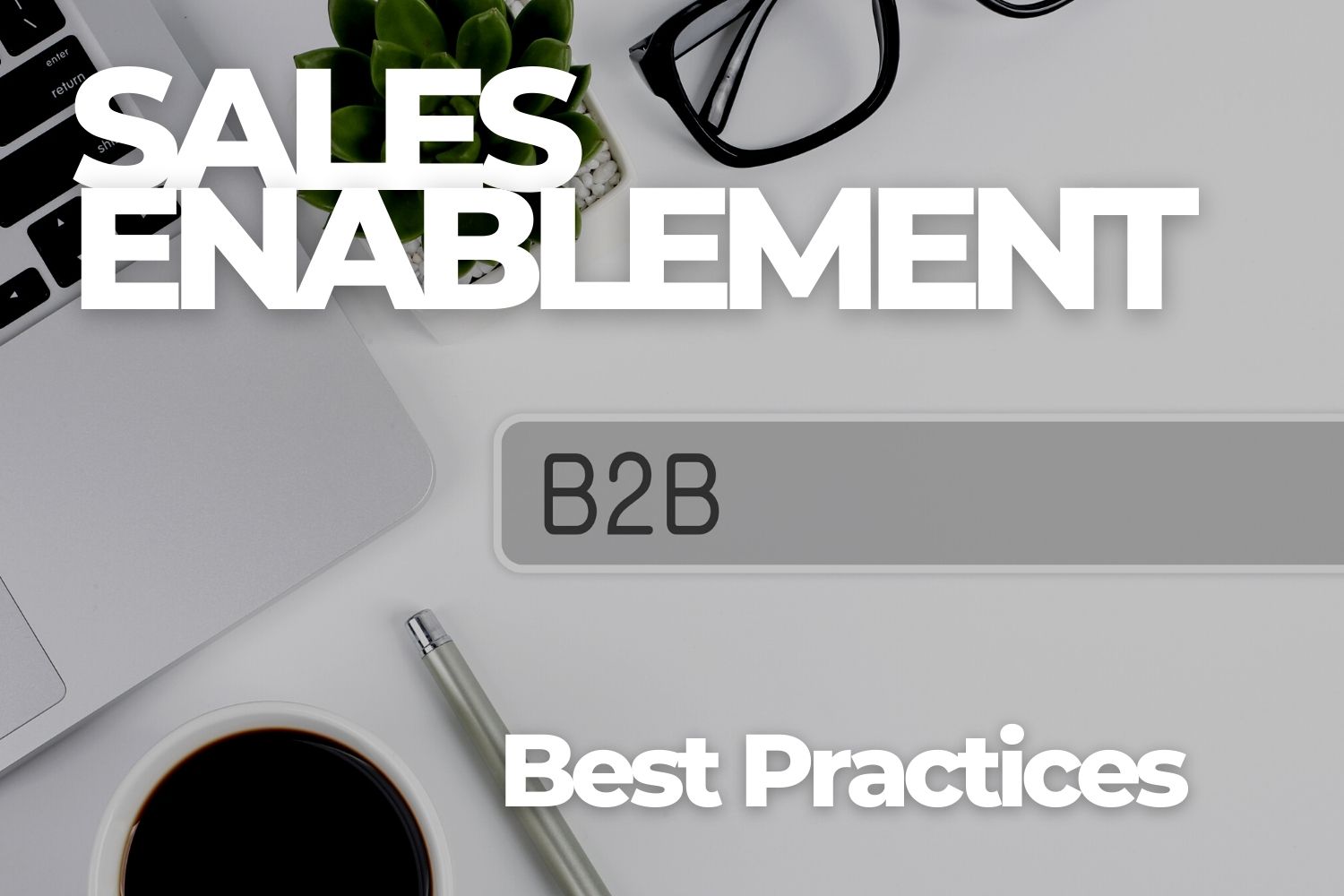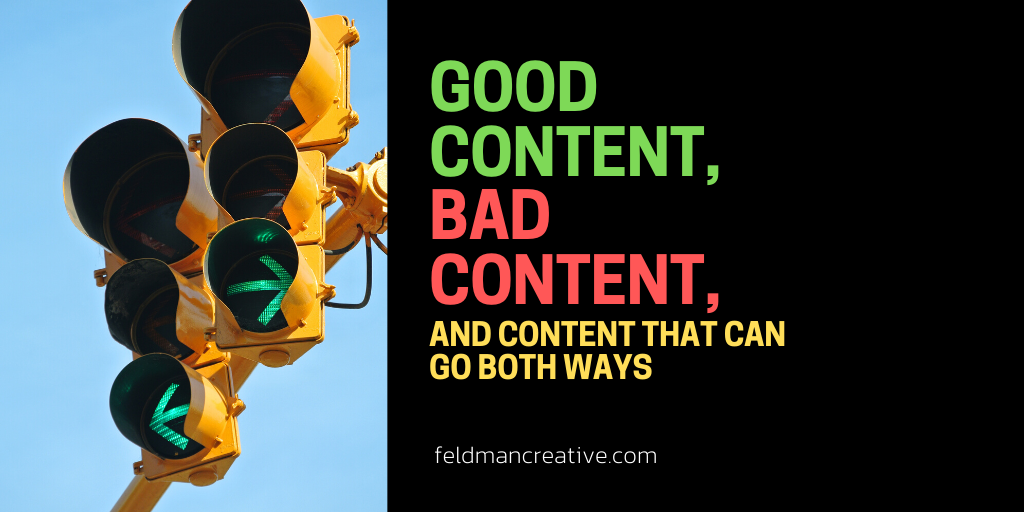
One fantabulous thing about the Google/YouTube/Google+ connection (the links here are to my YouTube and Google+ pages) is how easy it is to create, publish and share video content. This interview recorded just a few weeks ago is a great example. Arnie Kuenn, founder of Vertical Measures, gave me my first guest blogging opportunity just a couple of years ago.
Read: “Is the Main Ingredient Missing from Your Content Marketing?”
Since then, I’ve read his great book, Accelerate, and come to know him well. We tend to cross paths at the same industry conferences and contribute to each other’s websites with written and recorded content.
Recently, I was asked to appear on a Google Hangout along with the CMO of HubSpot, Mike Volpe. I was thrilled to get the invitation and really enjoyed the opportunity. Vertical Measures then published the interview on their website and blog, Google+, and YouTube.
Pretty simple content creation task and massive bang for the buck (it’s free).
Arnie made the format incredibly simple too. He really had one question…
“How do you get started with content marketing?”
Invest 15 minutes and see what answers Mike and I offered.
Arnie: Hi I’m Arnie Kuenn with Vertical Measures and welcome to today’s Google Hangout. I’ve got with me today Barry Feldman and Mike Volpe. I’m going to let them introduce themselves before we jump into our topic which is going to be about how to get started in content marketing. So Barry, why don’t you go first?
Barry: Thanks for having me Arnie. I’m the principal, founder of Feldman Creative. Feldman Creative is copywriting, creative direction, and content marketing consultancy. I’ve been a copywriter growing up in the ad biz for years and years, and when the world turned digital, I did too. So now I like to call myself an online marketer.
Arnie: Great. And Mike- how bout you?
Mike: I’m Mike Volpe, Chief Marketing Officer at HubSpot. I’ve been with the company for 6 years now- I was the 5th employee and first marketing hire and have since built out the team, the blog, social, and all that stuff. I’m happy to talk about that or whatever you want.
Arnie: Well, super. And congratulations to both of you from different perspectives. Barry –you making it out of traditional to digital and Mike for building a great company. You’ve done a great job there. So the topic is…we get asked, do a lot of content marketing workshops, we do webinars, hangouts like this, and meet with customers face-to-face and we still get asked how to get started with content marketing. So I was hoping that maybe each of you could take a couple of minutes to tell a business (maybe small, medium, and large) on how they can get started and tackle content marketing today. Barry, do you want to start?
Barry: I’d be happy to. I get the question to and what’s usually the response to me sort of preaching the gospel about why and when somebody understands why, then they say how. I think the answer to how or where to get started resembles any marketing at large is how to get started with marketing. What’s it for? It’s to accomplish something. Therefore you get started with objectives. You establish what your objectives are. They don’t need to be fancy. I think people get a little paralyzed by that one. Your objective can be to generate traffic, generate leads or build authority. There all sort of inter-related. If you commit to those, you put them down on paper, so people get that. Then you forge a plan. I guess that’s really the question. What does that plan entail? Given that we are all sort of digitally oriented here, I’m going to couch my answer in the realm of digital. Because I think you can do content marketing online or offline, and I think we are mostly talking about online? I hope I’m not stealing Mike’s thunder but I’m going to quote hub spot here because that’s how I got started. Hub spot has said for ages and is one of my favorite things and is “Keywords are the new neon signs” If you sell coffee and your trying to appeal to someone driving down the road, and there is a neon sign that says “Hot Coffee”. If you want people to discover the fact that you sell hot coffee that would be your keyword. How do you go about discovering the keywords that are going to drive your business? That to me is the question on how to get started on content marketing. Where do you go to be successful and learn how to be a keyword discoverer, figure out what people are looking for? That is what inbound marketing is, and content marketing is the big car that drives inbound marketing. I think the answer to that is you listen. You listen online, that’s a different topic but I think we can teach people how to do that with the modern tools of today. And you can read, read, read, I know I am a ferocious reader, you identify who the influences are. Arnie you may remember I identified you as an influence after reading your book, and I said “can I write for you?” That was actually my first blog. And I said “wow that was great, people are tweeting me” and you said “that’s how it works dude.” Then you asked for customers. I don’t know why people resist that. You want to know what they want to know. Which is the keyword discovery process. Ask them. I’ll quote Jack, our copy blogger now. What people forget, content marketing, keywords, the conversation you’re having changes, it changes every day. They have a theme going on, on their site about agility, about being agile. You have to recognize the conversation is going to evolve, and therefore you have to plug into it. Ultimately when it comes down to the question “how do I get started, what is it, what do I do?” You plug into the keywords, and you join the conversation. That is what content marketing is. The keywords and the conversation. You have to get a grasp on that. You have to get a grasp on the four pillars that you hear about from HubSpot. The social, the search, the content and the analytics. You’re well on your way to influencing the most important influencers of them all, your customers.
Mike: I think a lot of what Barry said is spot on. To me it really boils down to the customers, and understanding the customers. What do I mean by that? I mean the biggest change that we’ve seen, all of us in buyers, is that buyers no longer want to be advertised to, and marketed to and bothered all day long. They don’t want to get cold calls, the don’t want to be watching a video show and go “oh wait we have to stop and pause for an advertisement, that you don’t want to see.” But people are still buying things. What we need to do is figure out how do we attract them toward you. How do you make any sort of marketing to be the other way around and have it be much more inbound? Content is a really, really important part of that. How I like to think about it and talk to folks is, get a deep, deep understanding of who your customers are. Both your current customers and your potential customers. Then figure out what is the thing you can publish, that would be the best publication for your industry niche? What would be the thing what would be the thing when they wake up in the morning and say I need to read this, or watch this, or I need to listen to this, so that you are really capturing their attention. You need to think a lot more like a media company, or sort of a publisher. That’s an uncomfortable change for most marketers. Most marketers wake up every day and say I want to create an advertisement. But the problem is none of your customers wake up and say I want to go watch an advertising or read an advertisement. You need to think about what are the things that are going to attract them to you. Whether your customers wake up and say I want to learn about something, I want to learn more about this, I want to learn about something else, or I want to get some industry benchmarks. Whatever that thing is, whatever that content is that is going to attract them to you. That is what you need to figure out how to produce. How do you basically become the New York Times for your industry?
Arnie: One of the things that I like to tell people when I’m giving my presentations or whatever’s I think one of the fastest ways to get started is to get your team together, your staff together whoever it is that’s interfacing and talking to clients and prospects and just ask them what do they get asked all the time. What is that are your customers or prospects concerns, education points. One of the fastest in points I think. I don’t know if you agree with that, or how you feel about that.
Mike: I personally agree with that. I think tactically the questions that people are asking you all the time, or your salespeople, whoever it is in your organization, those are a great place to start. Before they asked you that question, they typed that question into Google.
Barry: I got to say the customers empower, the customers going to ask the question and the customer is going to find the answer. The answer is going to come from content. Will it be your answer?
Arnie: They are going to find either you or your competitor.
Barry: Can we give Marcus Sheridan on the line? Were pretty well acquainted with him. The customers are asking questions, answer them. I think the thing he demonstrates the best is when he says raise your hands everybody in attendance if you website has information on what your product costs. One person raises their hand. Why? Doesn’t everybody ask that?
Arnie: I’ll point this at Mike and then maybe we’ll let Barry wrap it up. Mike I recently seen some research which you guys are awesome at producing really good content, and really good fact based stuff. About the time it takes before the curve really starts to grow for you, I thought that was awesome. I can still remember years ago starting Vertical Measures, blogging at night, knowing that no one was reading this stuff. But I had to. You don’t get a hundred hits in one day, it’s a slow, slow process. I remember the graph and you can speak to it. It seemed like it took 6-9 months of really good consistently producing content before that curve really started to go. Once it goes it really does go. Were proof of that here at vertical measures? If you could speak to that.
Mike: You’re totally right. I think 6-9 months is about the right time frame to think about. I think what you’re really referring to is that there is a huge difference between inbound marketing versus advertising. The cool part is that if you write about the blog articles over time, even your old blog articles continue to work for you. We’ve been blogging for six years now, we’ve written about 4,000 articles. The interesting thing is when I look at the leads were getting from our blogs, the new business were getting from our blog, 70% of that is from articles we didn’t write this past month. It is stuff that we have written previously that ranked really high in Google, that’s answering peoples questions, that people are still sharing on social, people have bookmarked, people are emailing, their finding it in all these different ways. That’s really the benefit. That there’s this accumulating benefits. Even if we stopped blogging for a month we would still get a lot of benefit because we built up all this content. It’s basically an asset for our business. With advertising the second you stop paying Google that bill for pay-per-click traffic, the traffic goes away 100%. It is totally gone. While advertising can start faster, it can start instantly, it also ends instantly. So your right, it can take a while for this inbound stuff to build up, but it pays big, big dividends over time, even if you sort of coast for a while. It works differently. You need to think about it as building up an asset. Not just this month to month, or day to day expense.
Arnie: Not that we endorse the concept of coasting.
Mike: Of course not. Once you realize the asset works you want to do more of it. But you could if you wanted to.
Arnie: Barry I think this will be the last question, then we’ll wrap it up but… I know you made the transition, maybe you can talk about that from a patience level or just whatever you have experienced before things started taking off for you. I think you have done a great job and I have followed your writings, various blogs on your own platform and you’ve made that transition. Maybe you can talk about that real quick.
Barry: Am I blushing? It definitely is snowballs. Arnie, you’re in Arizona. Snowballs are like when you take snow and make balls out of them. It’s a cumulative effect. I think you both mentioned 6-9 months, I think you going to see when I have clients that want to dive in, I think you’re going to see progress immediately. You’re going to see the arrows going in the right direction. We have data and were going to show it to you. If we are going in the wrong direction you’re going to replace those with somebody who is better at it. In terms of critical mass where it’s meaningful, I think 6-9 months makes sense. There’s a whole hell of a lot of variables in there. I think really a underevaluated or underappreciated factor is guest blogging. I have been blogging for a couple of years now and there is still a modest amount of people who come to feldmancreative.com and read my stuff. It’s also on your site and it’s also on copy blogger and it’s also on social media blank dot com. There’s tactics and I got clients who are enormously impatient and I talk to them about pay per click and so forth. But your question to like then and now, I think Mike answered that one. You know there’s no such thing as the post card hall of fame, or the letter hall of fame. You don’t get postcards and frame them and put them on your wall and refer to them later. You either responded to them or you threw them out. That is not the case with digital assets. Digital assets like Mike talked about, and to the stories I have contributed to your blog or this hangout hopefully will make rain for ever more because they are archived. They are based on keywords and conversations people want to have. That really is the difference. There’s no wasting your time in digital marketing. If you are plugged into the conversation you’re going to succeed, when I don’t know. Something I wanted to add that I didn’t before is with this agility idea that copyblogger has been mentioning a lot is in addition to understanding what to write about. The question is I want to go into content marketing, what do I create? I think the new question is, where do I put it? A year ago, or two years ago I said you put it on Pinterest that would be a pretty dumb thing to say because there was no such thing as Pinterest. Things are changing in fast motion. That’s entirely unique to digital. You have to have your finger on the pulse to where the audience is.
Arnie: I’ll wrap it up by saying that whoever is watching this, reading this because it will be transcribed put on our blog, and who knows where else it will wind up, you do have to just dive in and don’t give up. Keep at it. There will be in the beginning the feeling that no one is paying attention, no one’s reading and no one’s engaging. That is exactly the case. Unless you are amazingly lucky, it does not happen overnight. It will happen if you keep writing good quality stuff. I want to thank you Barry, thank you Mike. I really appreciate your time. We will see you all next month.
Barry: Thanks Arrnie, thanks Mike.
Mike: Thanks, bye guys.







Comments
Barry Feldman
Did you know it’s really easy to snag the html for YouTube videos and embed them on your site? If you think your clients might like this interview, you have Arnie, Mike and my permission to post it. Create a backlink, of course. Thank you. And you’re welcome.